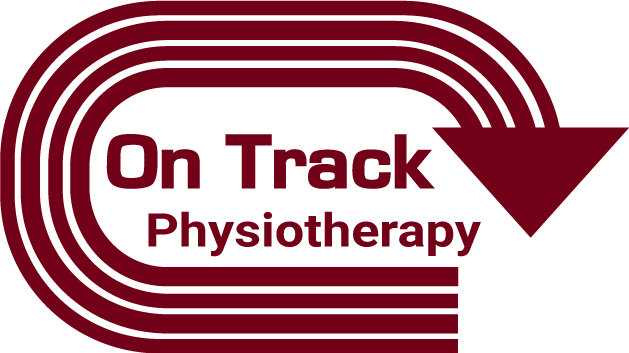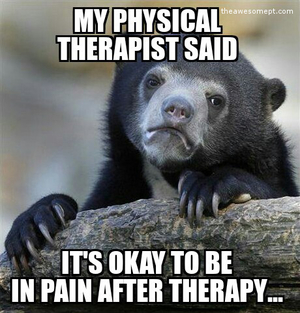Interactions between health care providers and patients have a huge impact on a patient’s recovery. Unfortunately not all Doctors, Physical Therapists, Chiropractors, Insurance company’s realize how their words positively or negatively can impact a patient. How a musculoskeletal or physical problem/injury is described to a patient has a great impact on how much pain is perceived. Pain is ultimately the body’s output to a perception of threat. The way an injury is described to a patient often has a profound impact, either increasing the perception of threat or decreasing the perception. Countless times I have heard patients say that Doctors have told them their MRI or X-ray is the worst they have ever seen. Countless times I have heard patients say that a Physical Therapist told them that my “nerve is pinched” or “bending forward is terrible for the back.” Countless times I have heard patients say that their chiropractor told them their spine was out of alignment. What do all these conversations do? Increase fear of movement and increase avoidance of activity. Never once do I hear a patient tell me that anybody actually took the time to explain to the patient what pain actually is, and how it relates to their injury.
First understand that all musculoskeletal injury has the capacity to heal no matter if it’s bone, muscle, tendon, ligaments, discs, etc. These are all human tissues that physiologically heal in time. Much like when you were a kid and scraped your knee outside playing, physiological damage to tissue occurred and the skin healed in time. Inflammation is normal, it is how the body starts to heal itself. The nerves being sensitive is a GOOD thing. If you stepped on a rusty nail, wouldn’t you like to know about it? The nerves are just doing their job. The increased sensitivity to movement is only because the nerves are “pre-warned.” Much like sunburn on the shoulder increases the sensitivity of the skin when you get in the shower. The water is not actually burning the skin, it just feels that way because the skin is very sensitive at that point in time during the healing process.
Movement stimulates blood flow. Movement done frequently, in a non-threatening manner reduces sensitivity. Threatening descriptors such as “bad back”, “blown disc”, “bone on bone”, or “torn a muscle” increases sensitivity.
Here is a link to a post by a colleague. It also does a great job of explaining everything mentioned above. The post also contains a very interesting MRI photo demonstrating how words can impact pain.



